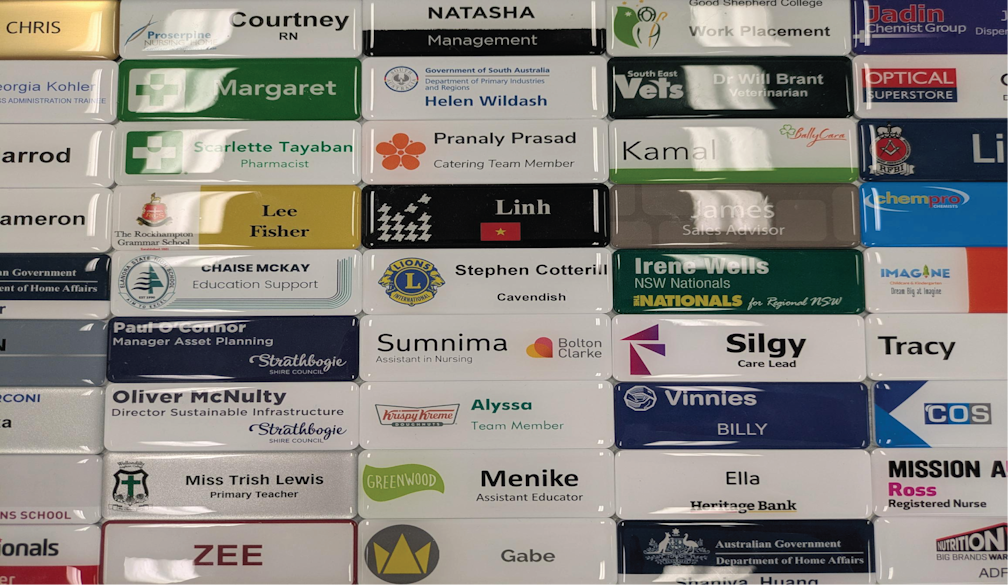'I wish you were murdered': some students don't know the difference between bullying and banter
- Written by Grace Skrzypiec, Senior Lecturer, Flinders University
Many Australian students don’t know the difference between banter and bullying, with some saying they joke about wishing their friend would “drown” or “die in a car crash”.
More than 800 Australian students aged 11-16 took part in a survey asking about experiences of peer aggression. Almost half (48%) said they had been harmed, very harmed or extremely harmed by an act of peer aggression.
Bullying is a subset of peer aggression. For an act of peer aggression to be defined as bullying it must be repeated, deliberately harmful and involve a power imbalance in which the victim feels powerless. If any of these criteria is missing, it is not defined as bullying.
Read more: If you want to cut bullying in schools, look at the 'invisible violence' in our society
But that doesn’t mean the experience isn’t harmful. In a lot of research on bullying, young people are simply provided with the definition of bullying and then asked questions about it. Because most people have their own idea about what bullying is, they are not likely to change their mind in one instant after they have read the definition in a questionnaire (if they read it at all).
Our survey asked about specific experiences of peer aggression. Around 30% of students thought their experience – such as being teased, laughed at, picked on, being called names, being hit, kicked, or treated meanly – was not harmful or was just “banter”.
How the survey worked
In 2017, 843 students from South Australia and the Northern Territory completed a questionnaire on peer aggression. One of the authors developed the questionnaire to distinguish harmful peer aggression from bullying and harmless banter.
Rather than being asked directly “were you bullied?”, the questions consisted of 20 items about experiences of victimisation (“Another person(s) spread rumours (false stories) about me”) and perpetration of aggression (“I told false stories or spread rumours about another person(s)”).
Many students thought saying mean things wasn’t harmful. from shutterstock.comStudents answered whether they had experienced or perpetrated the aggression in the last school term.
If they said they had experienced aggression, they were then asked to indicate:
- the level of harm experienced: “How harmful was it to you/them?”
- the intent: “Did they/you deliberately intend to do this?”
- the frequency: “How often did they/you do this?”
- the power imbalance: “How powerful (important, liked, strong) are you compared to the person(s) concerned?”
The questionnaire allowed experiences of aggression to be classified along a spectrum. These ranged from no involvement and harmless participation, to harming with no intention to harm others and bullying others.
We then classified experiences that were repeated, intentionally harmful and involved a power imbalance as bullying.
In our results, we found:
- 17% had no experience of peer aggression in the last school term
- 30.1% experienced peer aggression but saw it as fun, joking around or banter (didn’t consider it harmful)
- 2.9% were involved (as either perpetrators or victims) in harmful joking but didn’t repeatedly intend to harm others
- 32.5% were victims of harmful peer aggression (and were sometimes bullied, under the three criteria) and also had no intention of harming others
- 9.6% were victims of peer aggression and also harmed others – some of these were bullies or had been bullied (but not both)
- 4.8% had perpetrated aggression and deliberately sought to harm, but were not victims themselves – some in this group were bullies under the three criteria
- 3% were bullied and also bullied others.
So, overall, around 48% of students were harmed by peer aggression. The proportion of victims (those who did not cause harm themselves) was almost one in three. Of the remainder, 12.6% said they were harmed and also harmed others, while 4.8% harmed others and were unharmed themselves.
‘I wish you would die’
The questionnaire also asked students an open-ended question about student interaction in their schools. Some students were adamant not all aggression was harmful. One Year 11 boy: “most of the time it’s a joke, calm down”.
Some students provided drawings to illustrate their point. One Year 10 girl drew a picture titled “Banter with friends”. It contained the following text:
“Bullying never that scary”
Person 1: “You’re a faggot”
Person 2: “I sure am”
and
“Sounds horrible but it’s funny”
Person 1: “I wish you’d drown”; “I wish you’d die in a car crash”
Person 2: “I wish you’d die”; “I wish you were murdered”
While students may believe such comments aren’t harmful, it is difficult to determine where the joke ends and the abuse begins.
Respondents were, on average, around 14 years old. Around half of the sample (50.6%) were males, and three-quarters (76.4%) were 14 years old or younger.
We saw differences across the age groups. Victimisation decreased and harmless participation increased with age.
We also collected data with the same questionnaire in 11 other countries – Italy, Spain, Poland, Indonesia, the Philippines, Greece, Israel, Taiwan, mainland China, South Korea and India.
Harmful peer aggression was greatest in India (91.0%) and lowest in Taiwan (12.8%). Mainland China (47.0%) and Poland (41.7%) had figures similar to Australia.
Harmless “banter” was evident in other countries such as Italy (40.2%), Poland (35.0%) and mainland China (31.4%).
Student well-being
We also assessed respondents’ social, emotional and psychological well-being. Questions included: “How often did you feel happy?” and “How often did you feel that you had experiences that challenged you to grow and become a better person?”
We assessed whether the student was languishing (exhibiting low satisfaction both with general life and with their productivity and function in society), had moderate mental health, or was flourishing.
Read more: Not every school's anti-bullying program works – some may actually make bullying worse
Student well-being appeared to be worsening in Australia. More than 10% of students were “languishing”. Girls were languishing more and flourishing less than their male counterparts. Girls also scored lower on how often they felt good about themselves.
Schools need more assistance and support if bullying is to be seriously dealt with. Evidence-based anti-bullying programs should continue to be evaluated, improved and implemented in schools.
The authors do not work for, consult, own shares in or receive funding from any company or organization that would benefit from this article, and have disclosed no relevant affiliations beyond their academic appointment.
Authors: Grace Skrzypiec, Senior Lecturer, Flinders University





















